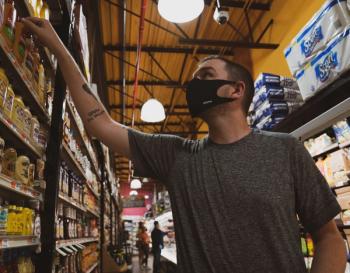
New findings show subsequent drops in incidence, hospitalizations, and mortalities once the state set stay-at-home orders, mask mandates, and contact tracing.
Kevin Kunzmann is the managing editor for Contagion, as well as its sister publication HCPLive. Prior to joining parent company MJH Life Sciences in 2017, he worked as a health care and government reporter for The Pocono Record, and as a freelance writer for NJ Advance Media, The Express-Times, The Daily Journal, and more. He graduated from Rowan University with a degree in journalism in 2015. In his spare time, he enjoys reading, cooking, running his dog, and complaining about the Mets. Follow him on Twitter @NotADoctorKevin or email him at kkunzmann@mjhlifesciences.com

New findings show subsequent drops in incidence, hospitalizations, and mortalities once the state set stay-at-home orders, mask mandates, and contact tracing.
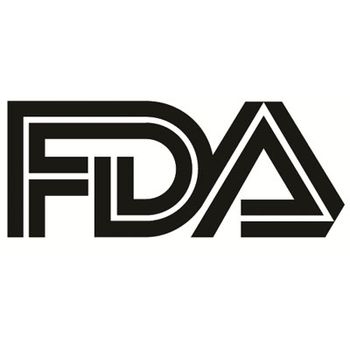
The test simultaneously recognizes the S1 and S2 subunits of the virus' spike protein in one sample, providing better sensitivity.

Data suggest New York City COVID-19 cases could have been reduced by 80% in two months if social distancing was implemented a week earlier than it was.
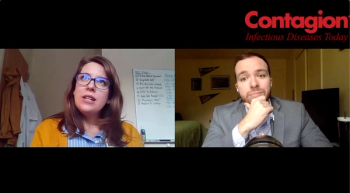
We asked a simple question to our IDWeek experts: has COVID-19 taken attention away from any greater infectious disease issues?
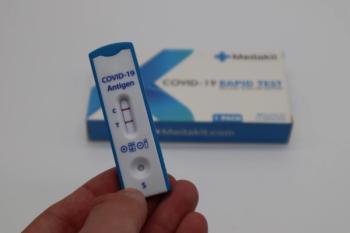
A Medicare program provided more point-of-care testing devices this summer. Yet, even hot-spot facilities are far more likely to receive results in ≥3 days than 1.
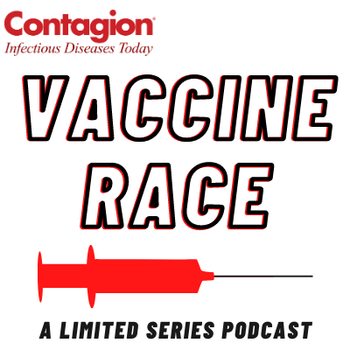
A glimpse into FDA advisor perspective just weeks before EUAs are anticipated to be sent.
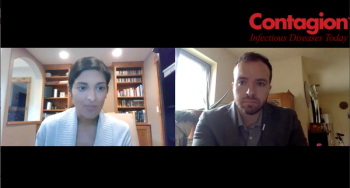
Why it may be more prudent for prescribing clinicians to assume viral, rather than bacterial, infection while awaiting test results in presenting pediatric cases.
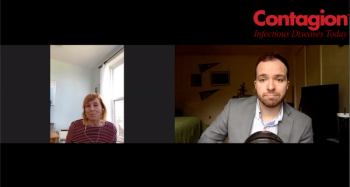
The presenting IDWeek author discusses the implication of promising phase 3 data for a new HBV vaccine.
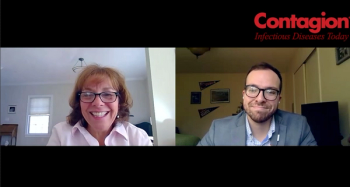
New data may evidence oral care as a therapeutic measure to reduce bacterial and viral spread.

The hospital found just 2 cases in their first 12 weeks were borne in the facility. A study author provides insight.
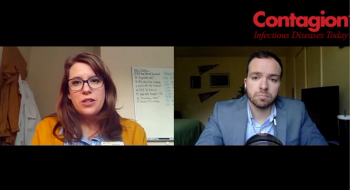
A cross-specialty collaboration to mitigate inpatient cases of opioid use disorder has had early success; developers want to grow it.
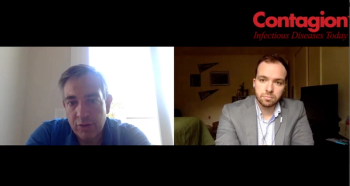
An investigator shares detail into how the neutralizing, immune-signaling molecule may provide continued success against the virus.
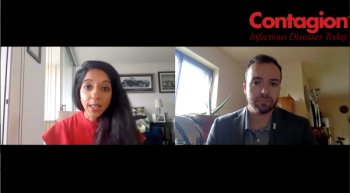
Ravina Kullar, PharmD, MPH, reflects on rapid advances in COVID-19 treatment understanding during IDWeek 2020.
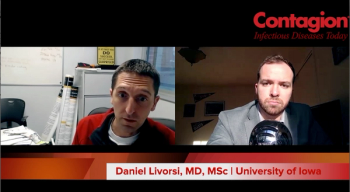
New data suggest collaboration between hospital prescribers and stewardship teams is still not perfected.
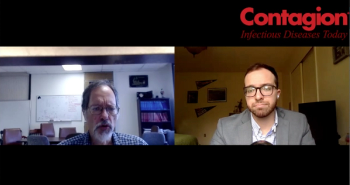
New data show the pandemic, and a lack of efficacious therapies, did harm to 4 years' worth of stewardship.

The conclusion to the independent safety review punctuates a 50-day period of scrutiny and discussion around 2 non-fatal adverse events reported in patients.
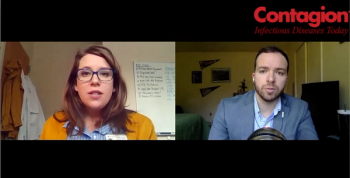
A firsthand look into a Kentucky program that's initiated opioid use disorder care in recurring HIV, hepatitis C patients.
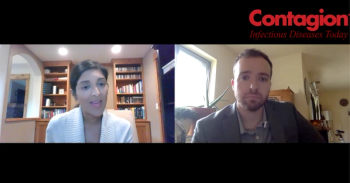
New data highlight the need for more antimicrobial stewardship adoption in emergency care settings.
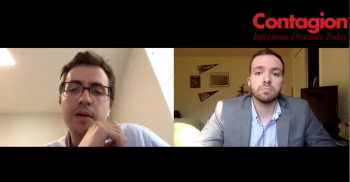

New data presented at IDWeek showed more than half observed households with a COVID-19 case reported a secondary infection, oftentimes within 3 days.
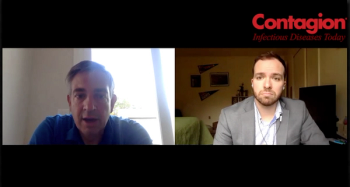
Phase 1 data and a history of benefit for worsening respiratory infections show promise for the therapy.
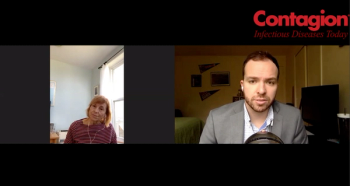
New head-to-head phase 3 data show a promising potential new HBV vaccine may join the market in the near future.
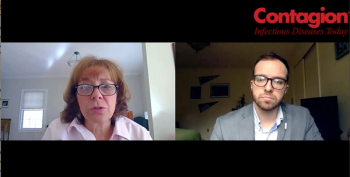
New data show ADA-recommended oral care for inpatients is associated with an 85% reduction in NVHAP infections at an 800-bed medical center over a year.

A vaccine developer joins for a firsthand discussion on the development, research, and distribution process.
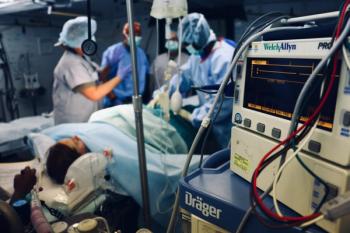
A summary of new studies surrounding COVID-19 comorbid effects.
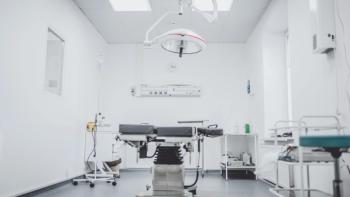
After a series of positive developments, the antiviral agent joins a quartet of candidates that failed to improve severely ill COVID-19 status in the Solidarity study.
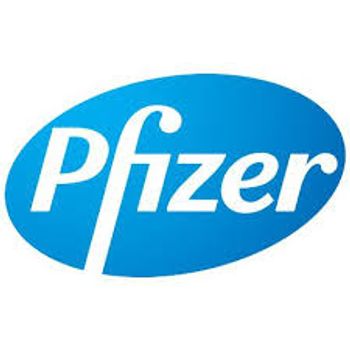
Pfizer anticipates to have completed FDA-mandated safety data a month from now. An EUA application should shortly follow.

A recently proposed effort toward herd immunity through younger person COVID-19 infection was met with contention from public health leaders and experts.
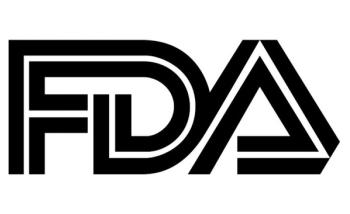
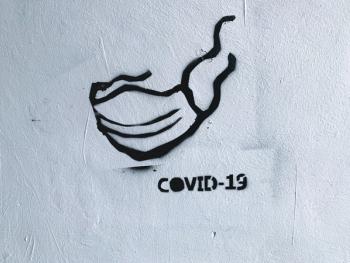
A 25-year-old male in Nevada was hospitalized due to a different SARS-CoV-2 strain 2 months after recovering from a first case.